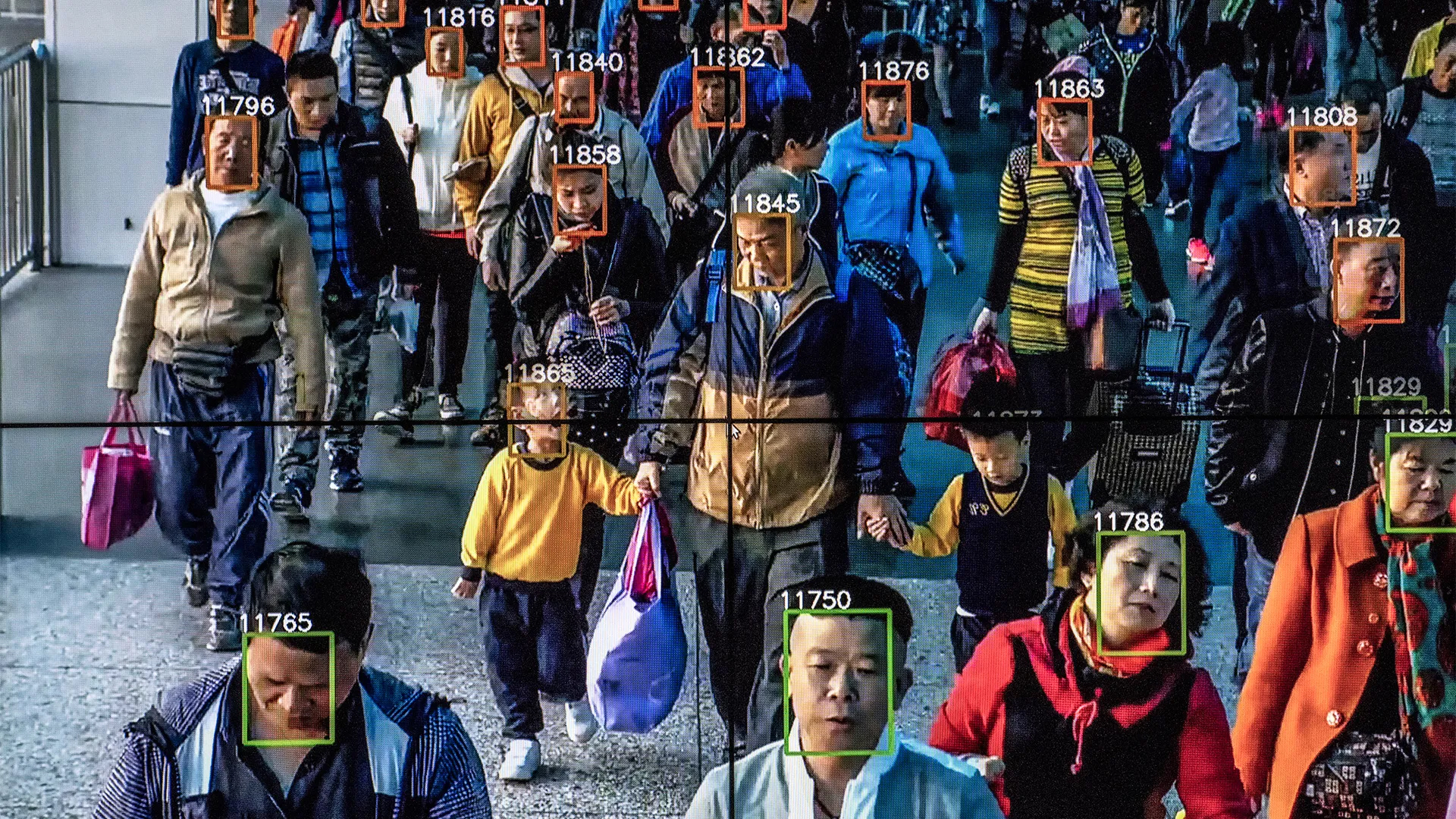Welcome to CS204A Artificial Intelligence (AI). This comprehensive module is designed to equip you with the necessary knowledge and skills to navigate the fascinating world of AI. You will delve into the fundamental concepts that underpin AI, exploring how algorithms can be employed to solve complex problems and make informed decisions in uncertain environments.
You will explore the inner workings of automated agents, exploring how they acquire knowledge, reason through complex scenarios, and plan their actions. Additionally, you will investigate how these agents learn from their experiences, adapting and improving their performance over time. Throughout this module, you will have the opportunity to apply AI techniques to address common practical problems. This practical aspect of the module will enable you to develop the skills necessary to analyse problems, design effective AI solutions, and evaluate their performance.
Get ready to embark on an exciting journey into the realm of AI and unlock its immense potential!
Building on knowledge from CS201A Foundation of Data Science
In CS201A Foundation of Data Science, you learned about data visualisation using Python, data modelling and machine learning. This course builds on the knowledge and practical experience you gained completing that module.
Learning outcomes
On successful completion of this course, you will be able to:
- Demonstrate an understanding of the algorithmic foundations of AI and its interrelation with probability.
- Demonstrate an understanding of the core concepts of knowledge, reasoning and planning in artificial intelligence and how automated agents learn.
- Apply AI techniques to deal with common practical problems.
Learning and Coding activities
Throughout this course, you will be presented with both learning and coding activities to complete. While these activities are not graded, they play an important part in solidifying your knowledge and are essential in preparing you for assessments. Some learning activities will only require independent research, while others will require you to participate in online discussions in the activities forum (these will be linked directly to the learning activity).
Learning Activity
Example of a learning activity.
Coding activities will provide you with a written step-by-step guide for you to complete on your own.
Abbreviation glossary
Throughout this course, you will come across a lot of abbreviations. For example, AI stands for artificial intelligence.
You can download a glossary here which lists many of the abbreviations used in this course. You may want to add definitions to this list as you proceed through the course. Feel free to record any other useful definitions which you come across while completing this course.
Assessment
There are two assessment tasks for this course:
| # | Assessment Type | Weighting | Due Date | Duration |
|---|---|---|---|---|
| 1 | Theoretical – MCQ Quiz | 25% | Week 6 | 2hr test |
| 2 | Practical Test | 75% | Week 14 | 3-4 hr test |
IBM KeySkills

IBM KeySkills is an integral component of the CS204A course, providing you with valuable insights into the definition of AI, its applications, and various use cases.
During the course, you will engage in hands-on activities that focus on the practical aspects of creating AI chatbots and virtual assistants. The remarkable aspect is that no programming skills are required, enabling you to develop and deploy them on a website effortlessly.
Furthermore, there will be discussions on computer vision techniques, which will assist you in developing customized image classification models and deploying them on the cloud. This knowledge and practical experience will enhance your proficiency in the field of AI and provide a solid foundation for your future endeavours.
Note that you require tokens from Yoobee to access the IBM AI course. When ready you can access the course here:
| Description | This online course provides a comprehensive explanation of terms such as machine learning, deep learning, and neural networks. |
| Total Time Budget | 20+ HRS |
| Link to Course | https://skills-academy.comprehend.ibm.com |
AI refers to the development of computer systems and algorithms that can perform tasks that typically require human intelligence. It involves the simulation of human intelligence in machines, enabling them to learn, reason, and make decisions based on data and algorithms. AI encompasses various subfields such as machine learning, natural language processing, computer vision, and robotics.
Learning activity
Research the term computer vision to start building your knowledge.
There are numerous examples of AI in everyday life:
- Virtual personal assistants like Siri and Alexa utilize AI to understand and respond to voice commands.
- Recommendation systems used by platforms like Netflix and Amazon analyse user preferences to suggest personalized content or products.
- Self-driving cars employ AI to perceive the environment, make decisions, and navigate safely.
- AI is also employed in healthcare for tasks such as disease diagnosis, drug discovery, and medical image analysis.
AI can be used across diverse domains and industries:
- In healthcare, AI algorithms can analyse large datasets of patient records to identify patterns and assist in diagnosing diseases.
- In finance, AI-powered systems can analyse market trends, predict stock prices, and detect fraudulent transactions.
- In manufacturing AI is utilized for process automation, quality control, and predictive maintenance.
- In customer service, AI chatbots provide instant responses and support to users.
- Additionally, AI has applications in agriculture, education, cybersecurity, and many other sectors.
Benefits of AI
- Efficiency and automation: AI can perform tasks faster and with greater accuracy, leading to increased efficiency and productivity.
- Handling complex data: AI algorithms can analyse vast amounts of data, extracting meaningful insights and patterns that humans might miss.
- Decision making: AI systems can process data and make informed decisions based on predefined rules or learned patterns.
- Repetitive tasks: AI is adept at performing repetitive tasks without fatigue, leading to cost savings and improved consistency.
- Personalisation: AI enables personalized experiences by tailoring recommendations, content, and services to individual users' preferences.
Watch the video below to find out more about AI:
The following are five real-world examples of AI applications, describing the challenges they face and how these are being resolved.
1. Facial recognition technology

Facial recognition technology utilizes AI algorithms to analyse and identify human faces from images or video footage. It has been employed in various sectors, including law enforcement, airport security, and smartphone authentication.
However, concerns have been raised regarding privacy, potential biases, and misuse of technology. To address these challenges, organizations and governments have implemented regulations and guidelines to ensure the responsible use of the technology. They have focused on transparency, accuracy, and protection of individual privacy rights through stricter policies and independent audits.
2. Autonomous vehicles

Autonomous vehicles, such as self-driving cars, rely on AI technologies to perceive the environment, make driving decisions, and navigate safely without human intervention.
Although significant progress has been made, accidents involving autonomous vehicles have raised concerns about safety and liability. To address these challenges, rigorous testing and validation procedures have been implemented, along with regulations that ensure safety standards are met. Companies and researchers are continuously refining algorithms and incorporating advanced sensors to improve the reliability and safety of autonomous vehicles.
3. Virtual personal assistants
Virtual personal assistants, such as Siri, Alexa, and Google Assistant, employ AI to understand and respond to voice commands, provide information, and perform tasks like setting reminders or playing music.
These assistants have faced issues related to privacy and data security, as they collect and process user data. To address these concerns, companies have enhanced privacy controls, introduced encryption methods, and allowed users to manage their data preferences more effectively. Transparency in data collection and storage practices has also been improved, enabling users to make informed decisions about their privacy.
4. Healthcare diagnostics
AI algorithms have shown promise in healthcare diagnostics, assisting doctors in the identification and diagnosis of diseases from medical images and patient data.
Challenges in this area include the need for extensive training datasets, potential biases, and the importance of ensuring accuracy and reliability. Efforts have been made to enhance the quality and diversity of training data, reduce biases, and validate the algorithms through rigorous testing against established medical standards. Regulatory bodies have also been involved in evaluating and certifying AI-based medical diagnostic systems to ensure patient safety.
5. Fraud detection in banking
AI is utilized in banking systems to detect fraudulent transactions by analysing patterns, user behaviour, and anomalies in large datasets.
However, false positives and false negatives in fraud detection can impact user experience and financial losses. To address these challenges, banks employ a combination of AI algorithms and human expertise to continuously refine fraud detection models. Advanced machine learning techniques, such as anomaly detection and behavioural analysis, are utilized to improve accuracy and reduce false alarms. Regular monitoring and updating of the algorithms help to stay ahead of evolving fraud techniques.
The following video provides additional real-world examples of the applications of computer vision.
Watch this video which showcases an intelligent automatic door system.
AI technology presents a range of ethical and societal implications that need careful consideration. Here are some key areas of concern:
- Privacy and data protection: AI applications often rely on vast amounts of personal data. There are concerns about how this data is collected, stored, and used, raising issues of privacy and data protection. Safeguarding individuals' privacy rights, ensuring informed consent, and implementing robust data security measures are essential to address these concerns.
- Bias and fairness: AI algorithms can inherit biases from the data they are trained on, potentially leading to discriminatory outcomes. Biases related to gender, race, and other protected characteristics can be amplified and perpetuated by AI systems, exacerbating existing societal inequalities. It is crucial to address these biases through careful data selection, preprocessing, and algorithmic fairness techniques to ensure equitable and unbiased outcomes.
- Transparency and explainability: AI models often operate as black boxes, making it challenging to understand the decision-making process and the factors influencing the outcomes. Lack of transparency and explainability can raise concerns, especially in high-stakes applications such as healthcare and criminal justice. Efforts are being made to develop interpretable AI models and frameworks that provide insights into how the algorithms arrive at their conclusions.
- Accountability and liability: Determining accountability and liability in AI systems can be complex, particularly in cases where automated decisions have significant consequences. When errors or harm occur, it can be challenging to attribute responsibility to a specific entity or individual. Establishing legal frameworks and guidelines that clarify accountability and liability for AI systems is crucial for addressing these issues.
- Impact on employment: AI automation has the potential to disrupt labour markets, leading to job displacement and shifts in employment opportunities. Certain tasks and roles may become obsolete, requiring workers to adapt their skills to new job requirements. Preparing the workforce for these changes and ensuring a just transition is important to minimize negative socio-economic impacts.
- Ethical decision-making: AI systems may face ethical dilemmas when making decisions that involve trade-offs and conflicting values. Determining the ethical principles and guidelines that AI should follow is a complex challenge. Building ethical frameworks, involving diverse perspectives, and integrating ethical considerations into the design and development of AI systems are critical to promote responsible and ethical AI.
Addressing these ethical and societal implications requires a multi-stakeholder approach involving policymakers, researchers, industry experts, and the public. Developing ethical guidelines, implementing robust regulatory frameworks, promoting transparency, and fostering public awareness and engagement are essential steps in shaping the responsible development and deployment of AI technology.
Learning Activity
Find an example of AI use that highlights one of the ethical and societal considerations described above.
Write a brief description of your findings in the forum 'Learning Activity 1: Ethical and Societal Considerations'.

